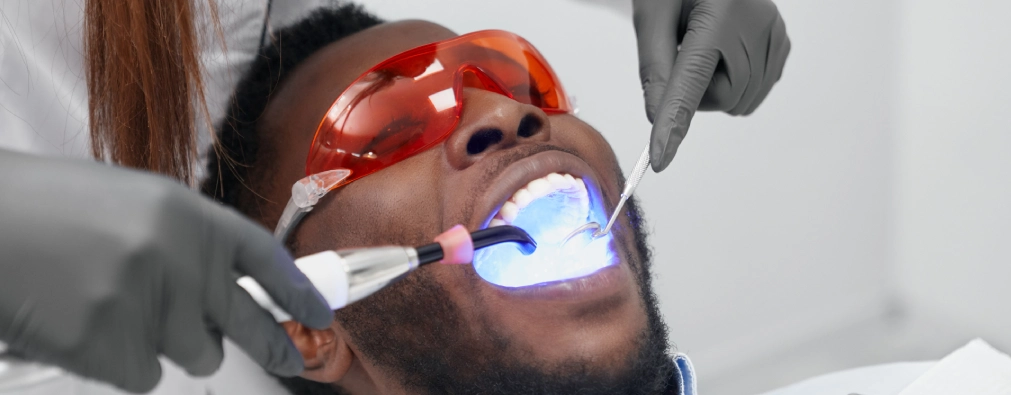
How LANAP Laser Treatment Transforms Periodontal Care is a pivotal question driving advancements in dental health. LANAP laser treatment offers a minimally invasive approach to treating gum disease. Traditional periodontal procedures involve cutting and suturing, leading to discomfort and longer recovery times. However, LANAP utilizes laser technology to target and remove diseased tissue while preserving healthy gums.
LANAP, or Laser-Assisted New Attachment Procedure, is a modern treatment designed for moderate to severe and advanced cases of periodontal disease, also known as periodontitis or gum disease.
LANAP targets and removes bacteria and infected tissue around the teeth using a specialized laser. It also encourages the growth and repair of the structures that support the teeth. While less invasive than traditional gum disease treatments, LANAP is not widely available.
LANAP utilizes a medical laser that emits a focused light source to address tissue infected by bacteria responsible for gum disease. It also stimulates the growth of new tissues along with bone, cementum (the outer surface of the tooth root), and periodontal ligaments (which tether the teeth to the bone).
The term “laser” stands for Light Amplification by Stimulated Emission of Radiation.
To illustrate, consider the light from a lightbulb, which emits various wavelengths spreading in different directions. In contrast, laser light is a specific wavelength, forming a concentrated, narrow, high-intensity light beam.
This laser light is a strong and accurate tool since it can be precisely focused on a small region. Fiber optics can treat places difficult to reach, like behind the gum line. The laser fiber is extremely small, about 0.3-0.4 µ, roughly the size of human hair.
Various types of lasers are utilized in medicine, each possessing distinct characteristics for different functions. The laser employed for LANAP is a Neodymium:yttrium-aluminum-garnet (Nd: YAG) laser, capable of penetrating deep into the gum tissue and inducing rapid blood clotting.
The procedure typically takes place at the dental office using local anesthesia. Unlike traditional treatments for periodontal disease, there’s no need to incise the gums and retract them from the teeth and roots.
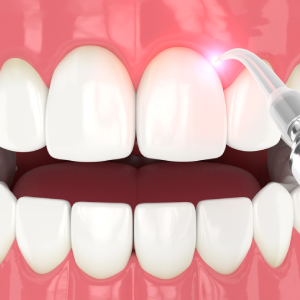
A tiny fiber optic with the Nd: YAG laser is placed into the space between the tooth and gum. Short bursts of light are aimed at the gum tissue. When it touches infected areas, it generates heat, serving various functions:
After each treatment, patients receive post-surgical guidance and recommendations to maintain oral hygiene and dietary habits to promote quick healing and recovery.
LANAP treatment involves two appointments, with one-half of your mouth treated per session. Each appointment lasts between 2 and 3 hours. After the initial procedure, you’ll have two follow-up appointments to monitor the healing of your gums.
In many cases, you should feel comfortable driving yourself home (or returning to work) right after the procedure. But the recovery takes less than 48 hours, allowing you to return to normal activities.
You’ll receive specific instructions for aftercare, which may involve regular cleanings, prescribed medications, and adjustments to your oral hygiene routine.
LANAP offers numerous advantages compared to traditional surgical procedures, including:
Considering all these benefits LANAP offers, it’s fair to say that LANAP Laser Treatment has revolutionized Periodontal Care.
While LANAP is FDA-approved and provides several benefits, it may only be available in some dental offices. Like any surgical procedure, LANAP carries potential risks, including:
After LANAP surgery, you may encounter bleeding, swelling, or discomfort. Your surgeon might recommend a modified diet and specific oral hygiene practices to aid gum healing without disrupting the fibrin clot. Over time, the color of the fibrin clot will transition from white to pink.
LANAP is suitable for most individuals with gum disease, including those with conditions like diabetes, pregnant women, or individuals taking medications such as paracetamol or blood thinners (heparin, warfarin, and newer anticoagulants).
LANAP surgery typically ranges from $2,000 to $8,000 in the USA. The total cost depends on the number of areas requiring treatment.
LANAP is still relatively new, and some dentists may opt to continue using traditional methods for treating gum disease until more research and experience with LANAP are documented. Alternative treatments include:
LANAP Laser Treatment represents a significant advancement in periodontal care, offering effective treatment with minimal discomfort and quick recovery.
To learn more about How LANAP Laser Treatment Transforms Periodontal Care? Contact Clarksburg Dental in Germantown, MD. You can schedule an appointment online. Dial (301) 245-2217 for new patients, while existing patients can reach us at (301) 515-5525.
LANAP is different from flap surgery because it only removes infected tissue. It keeps healthy tissue and bone safe. The fibrin clot helps the remaining tissue so the gums can grow back to where they were. Sometimes, gum grafts or bone grafts might also be needed.
Research studies have shown positive outcomes for the effectiveness of LANAP in treating periodontal disease. The following benefits have been observed:













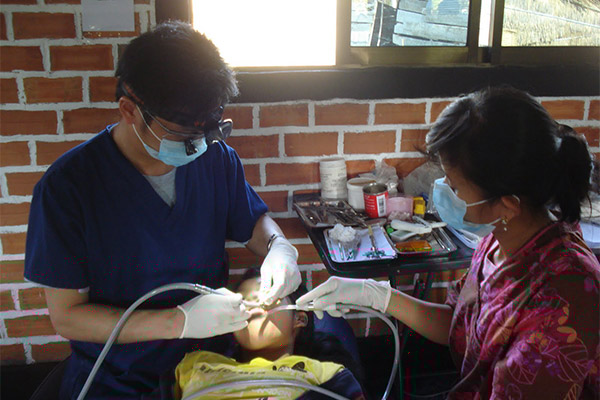
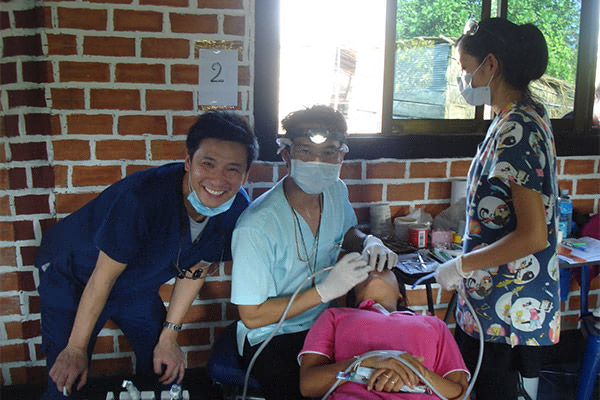




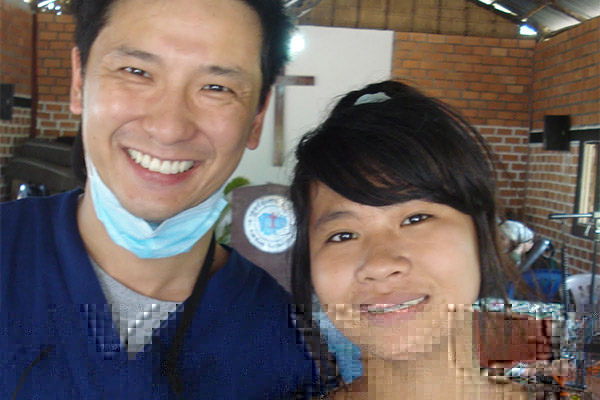
Use keywords in the search box below to find what you're looking for.
